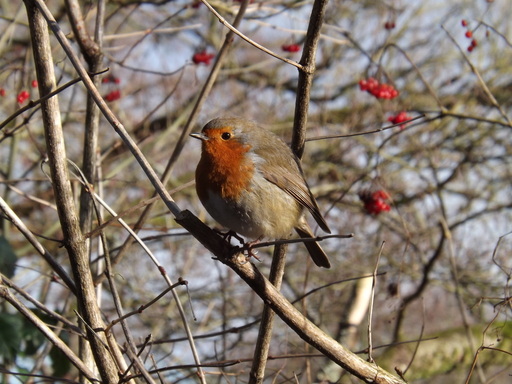
The aim of this session was to introduce and learn some different bird songs, of both resident and summer migratory species. This can be quite tricky to do in practice, attempting to distinguish one ‘voice’ amongst the many. Even more so as some of the songs are complex and varied.
To make it easier, we started the talk part of the session listening to some recorded bird songs. I used an app for this, but there are plenty of websites (such as RSPB identify a bird) and online videos which can help with this.
We then went outside to give the group the opportunity to hear the birds in situ and see if they could identify individuals from their song. By the end of our 1.5 hour walk around the beautiful Fairfield Nature Reserve, the group felt much more confident in singling out greenfinch, blackbird, chiffchaff, crow, great tit and coal tit.
We stopped for a mindful moment in Pony Wood to stop and listen, firstly concentrating on just a single song, then attempting to identify as many as we could hear. Between us we estimated between 6-8 different bird songs (plus a few more calls). Stopping a listening is a great way to immerse yourself and I was surprised just how many we heard (it had seemed pretty quiet just a few moments before).
The video below is a nice one to get you started with good close-ups of the birds, and excellent sound recordings of their songs. Slightly misleadingly, the songs of some of the males are playing in the background whilst showing females (for example the blackcap), so it is worth checking a good bird book to see if one or both species calls or sings. Mostly it is just the male that sings, but if you are starting out, it is not always clear whether something is a song or a call.
Here is a list which might help with this, but if in doubt, it’s worth reading up on it some more:
- Robin – male and female sing in winter, but only males sing in the breeding season.
- House sparrow – the chirpy chattering is predominantly males, but females do ‘cheep’ as well.
- Jackdaw – both males and females make the distinctive ‘tchak’ sound, but do have vocalisations that differ between the sexes.
- Blackbird, song thrush, blackcap, chiffchaff, willow warbler, dunnock, greenfinch (and many more!) – only the males sing, but alarm and contact calls made by both sexes.
